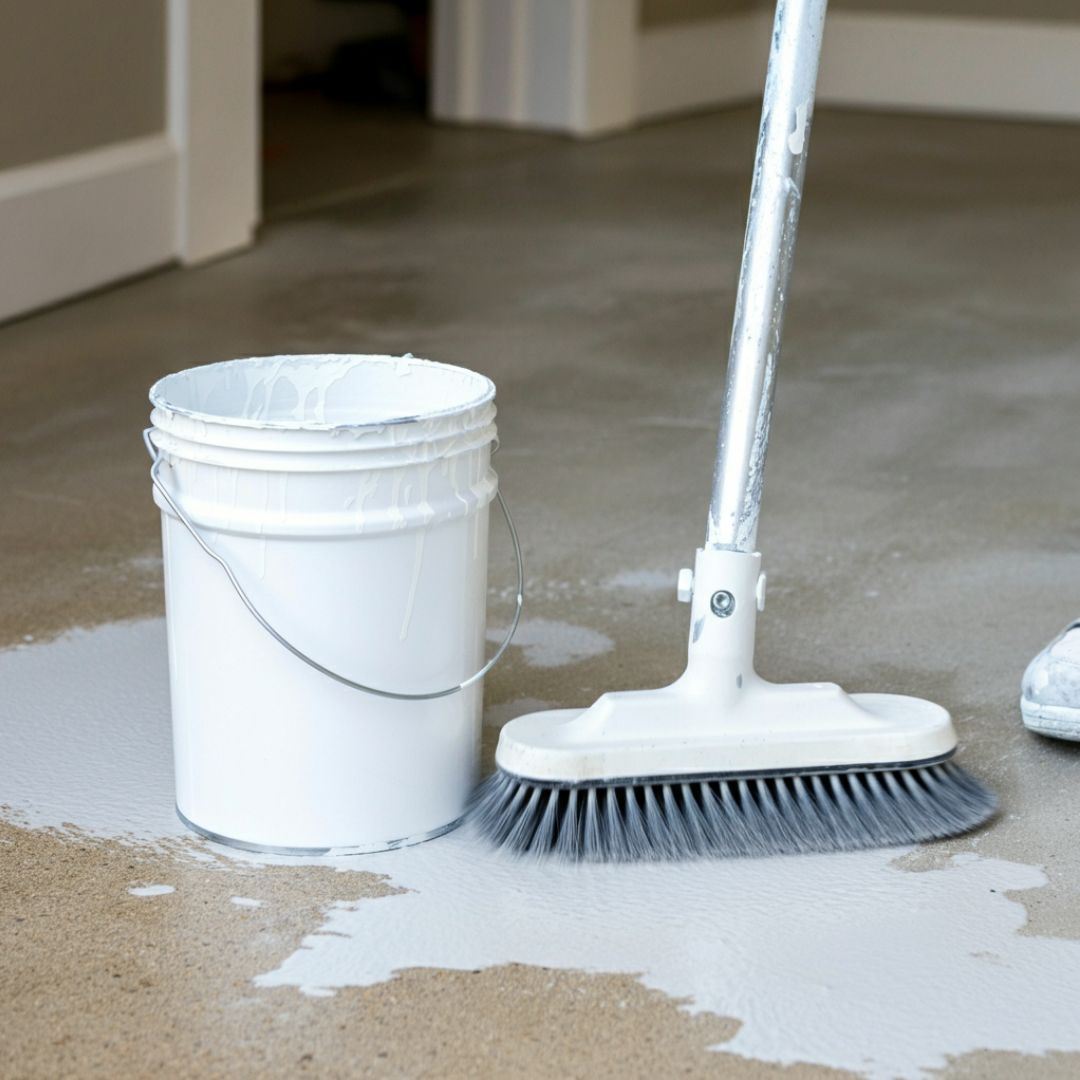Concrete surfaces are durable and versatile, but removing paint can be daunting. Whether tackling an accidental spill, prepping for a fresh coat, or restoring your garage floor, removing paint effectively requires some preparation and know-how. Fortunately, the proper methods and tools can make your concrete look clean and paint-free.
This guide is for DIY enthusiasts, homeowners, and renovators looking for efficient, step-by-step solutions to remove paint from concrete. We’ll cover everything you need to know, from identifying the type of paint to choosing the best removal techniques for your project.
Why Removing Paint from Concrete is Challenging
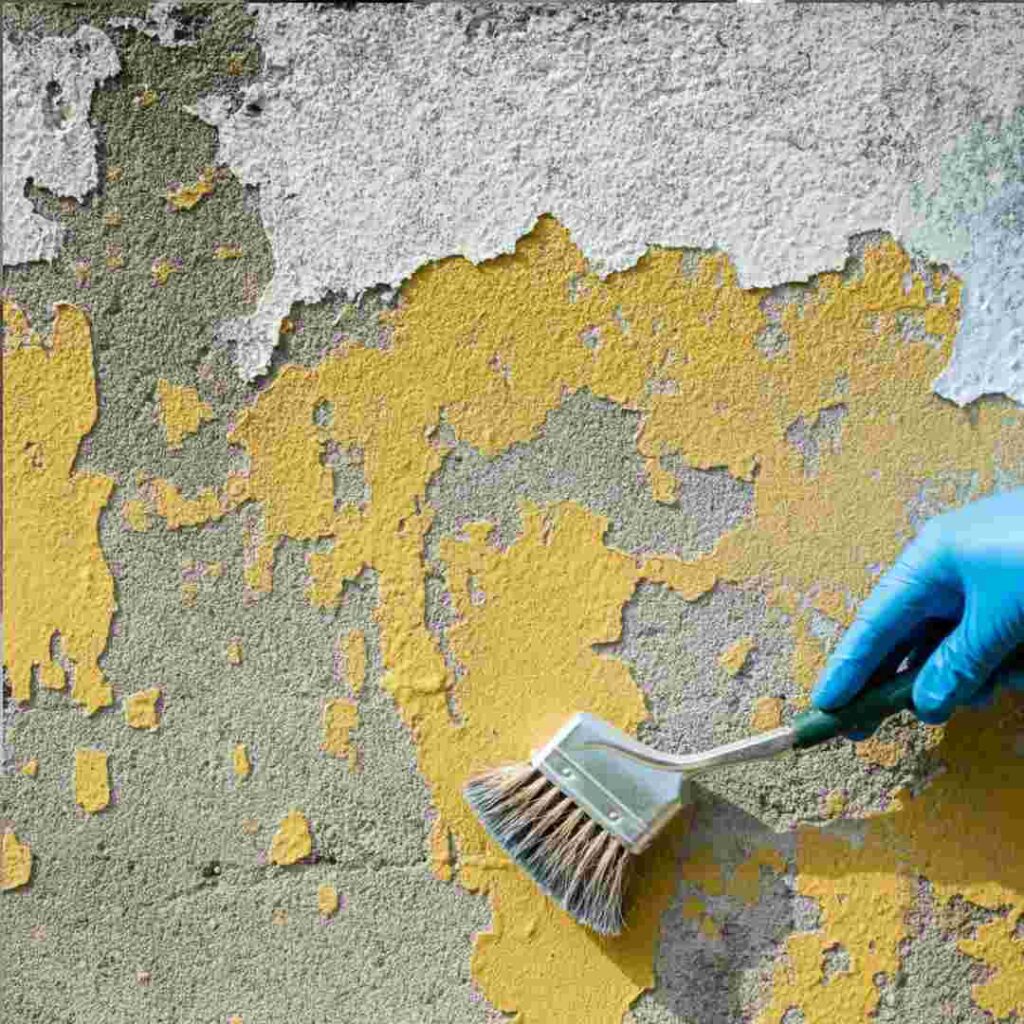
Concrete is a porous material, meaning paint often seeps into its surface and dries up in tiny crevices. Unlike smooth surfaces like glass or metal, the uneven texture of concrete can cling to paint, making it difficult to remove.
Understanding the type of paint you’re dealing with—oil-based, water-based, or epoxy—can save you time and effort by letting you focus on the most effective removal technique.
Tools and Materials You’ll Need
Before you get started, gather the following tools and materials:
Protective gear: Safety goggles, gloves, and a face mask
Paint stripper: Choose a chemical stripper suitable for the type of paint you’re removing
Pressure washer (optional for outdoor concrete)
Wire brush or scrubbing brush: For removing stubborn paint residues
Plastic scraper or putty knife: To lift loosened paint
Heat gun (optional for thick paint layers)
Sanding tools (small projects) or grinder with a paint-stripping disc (larger projects)
Drop cloths or tarps: To protect surrounding areas
Bucket and cleaning solution: For washing the surface after removal
Now that you’re prepared, here’s a step-by-step guide to removing paint from concrete effectively.
Step 1: Test the Paint Type
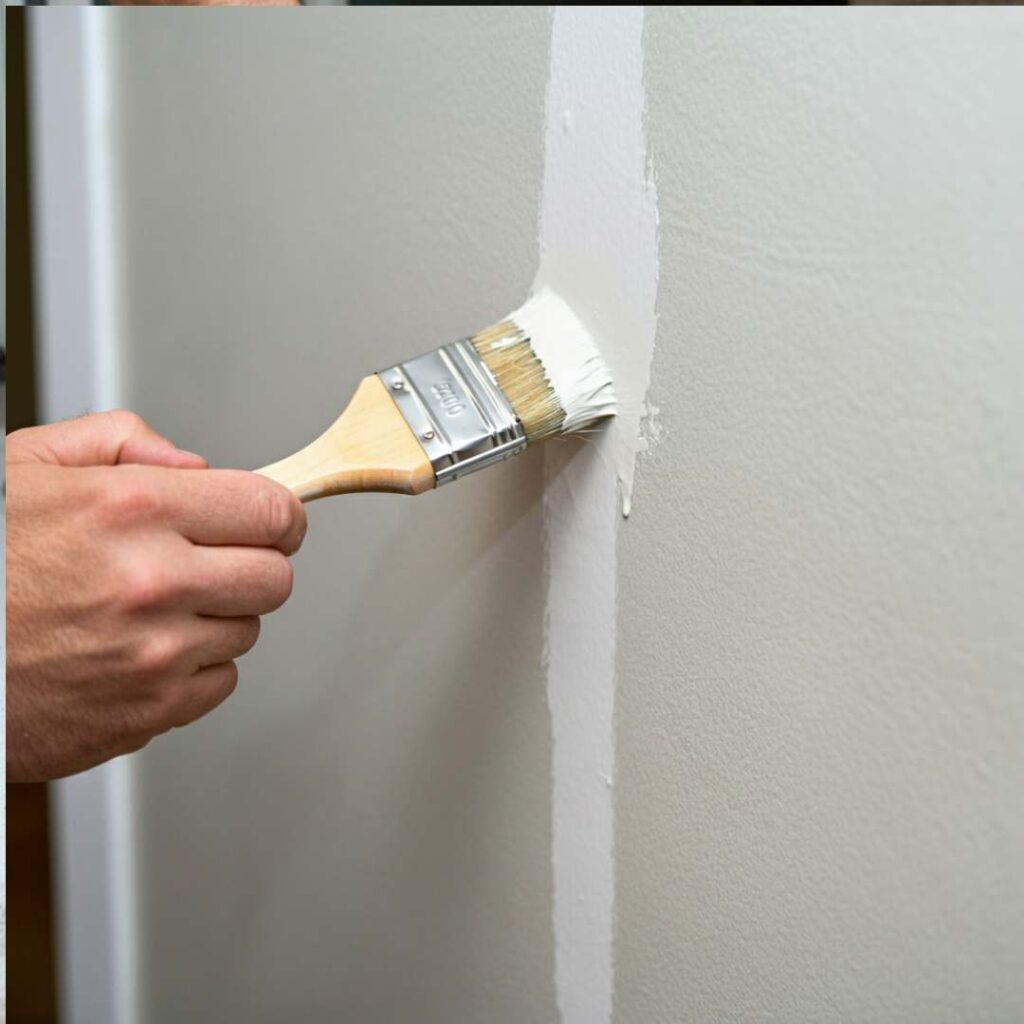
Before investing time and effort, identify the paint type. Perform a small test with a brush dipped in alcohol or an alcohol-based cleaner. If the paint lifts slightly, it’s likely water-based. Oil-based paints, on the other hand, will require chemical strippers designed to cut through tough coatings.
Why it matters:
Using the wrong method or stripper for the paint type may be ineffective and waste time.
Step 2: Prepare the Surface
Use a broom or vacuum cleaner to remove loose debris, dirt, or dust from the concrete. Cover nearby surfaces, plants, or flooring with drop cloths to avoid accidental damage from paint removers or tools.
Pro Tip: For indoor jobs, ensure proper ventilation when working with chemical strippers.
Step 3: Choose the Removal Method

Chemical Paint Strippers
Chemical strippers are highly effective for removing multiple paint layers or tougher paints like epoxies. Here’s how to use them:
- Apply the paint stripper generously with a brush or roller to the painted area.
- Allow the stripper to sit for the time specified by the manufacturer (usually 15–45 minutes). The stripper will soften or bubble the paint, making scraping easier.
- Use a plastic scraper or putty knife to lift the loosened paint.
Pro Tip: Avoid using metal scrapers, which can leave scratches on the concrete.
Pressure Washing (For Outdoor Areas)
A pressure washer is ideal for outdoor concrete, such as patios or driveways. After loosening old paint with a stripper, use the washer to blast away the paint, or try it alone for lighter paint damage.
- Adjust the pressure settings to at least 2,500 PSI for stubborn paints.
- Hold the nozzle at a 45-degree angle to avoid gouging the concrete, and move it back and forth to ensure even cleaning.
Safety Note: Do not point the pressure washer toward people or plants.
Sanding or Grinding
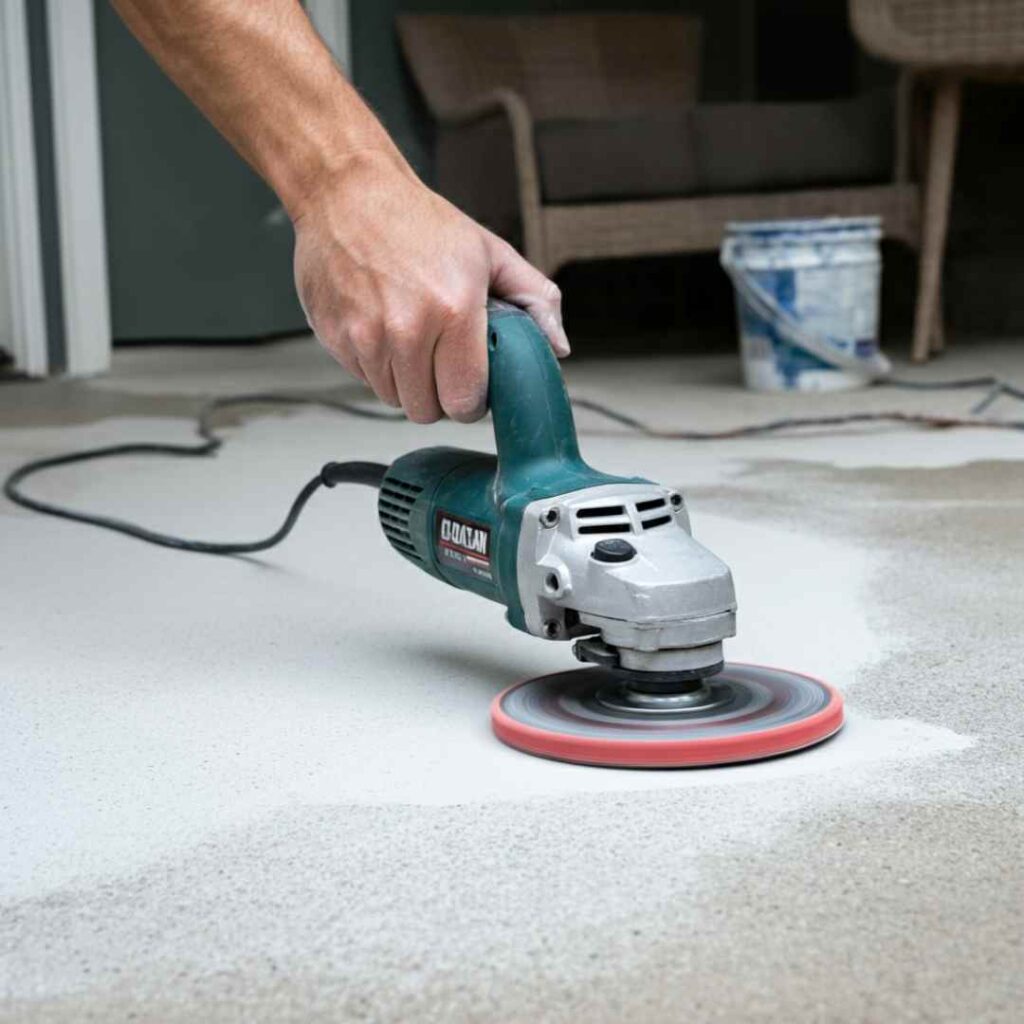
For tough paints that resist chemical strippers, sanding or grinding might be the best alternative:
- Use a hand sander for small surfaces or a grinder with a paint-stripping disc for larger areas.
- Sand the concrete gently until the paint peels off, stopping occasionally to check your progress.
Pro Tip: Keep a light touch to avoid over-grinding the concrete surface and affecting its texture.
Heat Gun Method
Although less common, heat guns can work well for thick paint layers, especially for smaller areas like decorative concrete blocks:
- Point the heat gun at the painted surface and move it slowly, circularly.
- Once the paint softens and bubbles, use a scraper to remove it.
Caution: Avoid overheating the concrete, as this might damage the surface.
Step 4: Clean the Surface

After removing the paint, wash the concrete thoroughly to remove any stripper residue or debris. Use a bucket with a water and cleaning solution mixture (mild detergent or trisodium phosphate works well).
Scrub the area with a stiff brush before rinsing it clean with water. A final wash ensures no chemical residue remains, which could prevent new coatings or finishes from adhering correctly.
Step 5: Evaluate the Results
Inspect the concrete surface to ensure you’ve removed all paint. For areas where paint remains, repeat the process or touch up using a small brush with the appropriate stripper or sanding tool. Persistence is vital for stubborn spots.
Tips for Preventing Future Issues
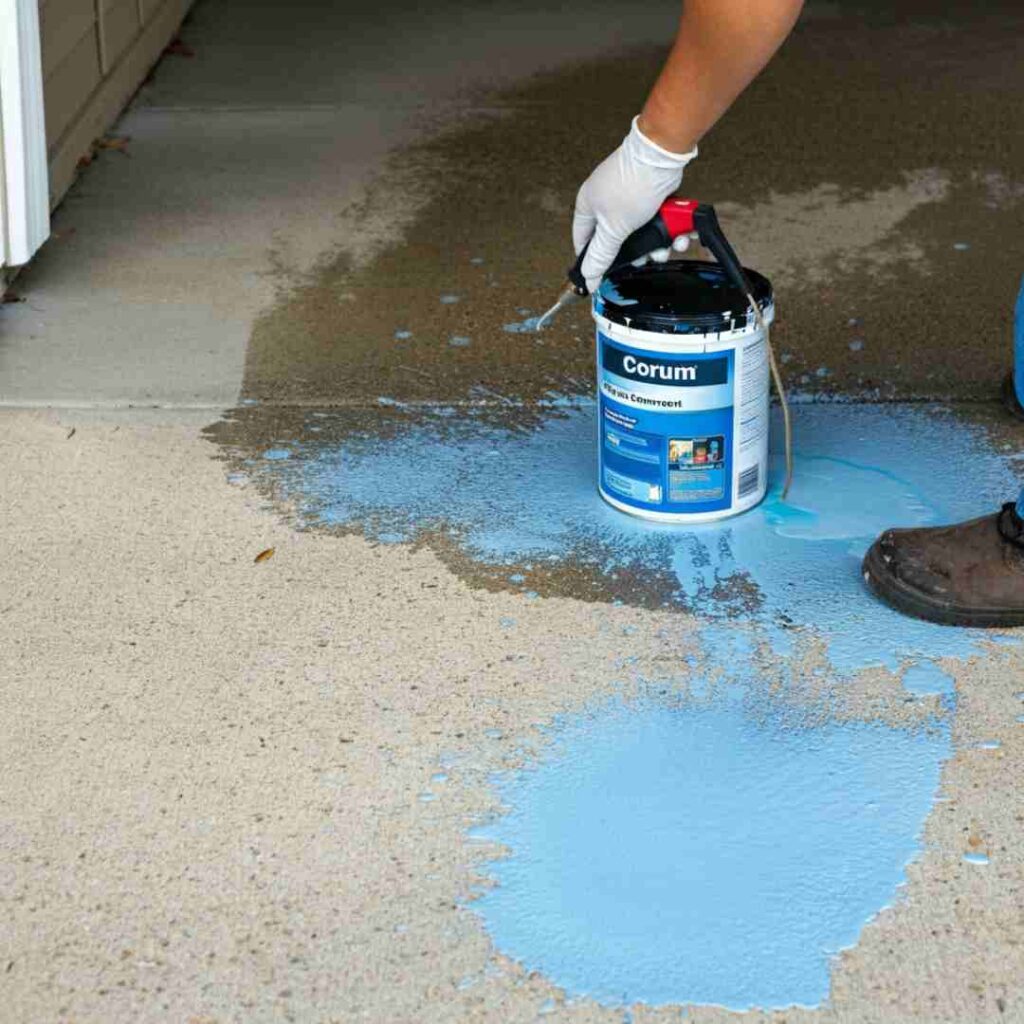
Once the paint has been successfully removed, consider sealing the concrete surface to protect it from future stains or paint spills. Choose a high-quality sealer designed for concrete and apply it according to the manufacturer’s instructions for long-lasting results.
When to Call in Professionals
Some projects—like large-scale commercial spaces or deeply embedded paint—may require professional help. If you’ve tried multiple methods without success or have concerns about damaging the surface, reaching out to professionals ensures quality results without the risk.
Final Thoughts
Removing paint from concrete can seem intimidating, but with the right tools, preparation, and method, it’s entirely doable for DIY enthusiasts and homeowners. Whether you use chemical strippers, power tools, or pressure washing, patience, and proper care will lead you to a beautifully clean and paint-free surface.
For more DIY tips and guides, check out our blog, and don’t hesitate to share your success stories or challenges in the comments—we’d love to hear from you!

